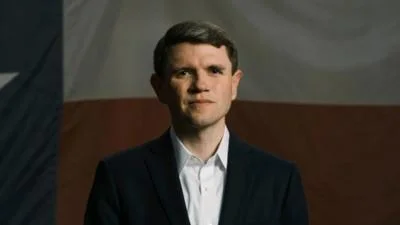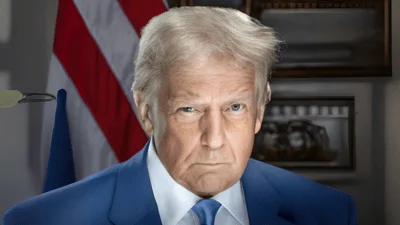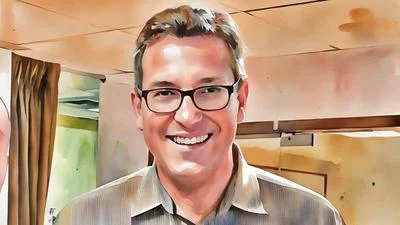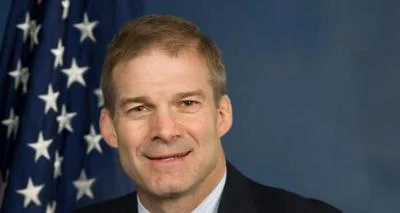Thank you for the kind introduction. Good morning everyone. It’s great to be here.
I want to thank our hosts today, the Brookings Institution, the Center for American Progress, the Council on Competitiveness, and the National Association of Development Organizations.
I also want to recognize the tremendous contributions your organizations are making to our national dialogue.
Let me begin by saying I believe we’re all in agreement that in these tough economic times we can’t simply continue to do what we’ve done in the past and hope things will get better.
The hole is too deep … and it took nearly a decade to dig it.
Still, it’s important to remember how far we’ve come in the short time since Inauguration Day. President Obama, after all, was welcomed with: But here’s the stubborn thing about the story the statistics tell: The steps worked.
Today, for all the challenges our economy is still facing... for all the families struggling to keep up with their mortgage or their bills or find a job…we are moving in the right direction.
After shedding jobs for 22 consecutive months, the private sector has now added jobs for eight months in a row.
And our GDP is up for four straight quarters.
Now, as we emerge from this recession, the question is, where do we go from here? The answer can’t be backwards.
The economic calamity the nation confronted in January 2009 was not the sole providence of the financial crisis.
Consider that from 2000-2008, America experienced the slowest job growth of any period of economic expansion since World War II.
America simply cannot afford to return to the pre-crisis status quo, where we: Strong evidence points to technological change as the primary driver of growth.
Technological innovation is linked to three quarters of the nation’s post-WWII growth rate.
Importantly, innovation also produces high-paying jobs.
Average compensation per employee in innovation-intensive sectors increased 50 percent between 1990 and 2007 – nearly two-and-one-half times the national average.
Now, we all know that: America is not lacking for groundbreaking ideas. Nor are we short on smart entrepreneurs willing to take risks.
What we need to do is get better at connecting the great ideas to the great company builders.
That’s why Regional Innovation Clusters are so important.
We know that when you get businesses, government, academia, and non-profits together in one place, pulling towards similar goals, goods things happen.
Silicon Valley, the Route 128 corridor in Boston, and the Research Triangle in North Carolina are all striking examples of Innovation Clusters done right.
So the big question is: What do we have to do to create more of them? Part of the answer is the work – which I’ll discuss later – that John Fernandez and our Economic Development Administration is doing.
But we also need to start promoting the right kind of risk.
Over the last few years, instead of working to engineer a breakthrough technology or build a great company, too many of our brightest minds were busy engineering credit default swaps.
We know how that story ended.
What we need to do instead is encourage innovators to make breakthrough discoveries that build businesses and allow people around the world to live wealthier, healthier, and more productive lives.
About a year ago, President Obama laid out his strategy for American innovation, which prioritized high-growth and innovation-based entrepreneurship. The goal is to create a national environment ripe for entrepreneurship and risk-taking that helps U.S. companies become more competitive in a global exchange of ideas and innovation.
One way we’re working to reach that goal is through the i6 Challenge.
This is a new $12 million competition, administered by the Commerce Department, in partnership with the National Institutes of Health and the National Science Foundation.
Commerce is awarding up to $1 million each to six winning teams with the most innovative ideas to drive technology commercialization and entrepreneurship in their regions.
NIH and NSF will award a total of up to $6 million in additional funding to the Small Business Innovation Research grantees that partner with the winning teams.
The program was announced last May, and today, I am pleased to announce the six, regional winners of this competition: And we look for them to help create companies with a solid foundation and a lot of growth potential.
We know the types of places where those businesses thrive.
Their habitat is the science and technology parks, laboratories and business incubators – This ecosystem has several common elements: That needs to change.
As an important step toward that end, Commerce’s Economic Development Administration is funding a major cluster mapping initiative, which will chart the entire country by economic region.
When completed, this map will help policymakers and practitioners across America’s regions identify their strengths and more effectively tap into the regional innovation clusters that are driving 21st century job growth.
This is a key component of EDA’s “Jobs and Innovation Partnership,” a long-term prosperity plan to help build ecosystems where the private sector can flourish and create the connective tissue that will bind together vibrant regional economic ecosystems.
It includes developing an inner-city cluster strategy to make sure this model includes everybody, no matter where they live.
The goal is to help elevate regional innovation cluster development to its proper place in the economic universe – a key driver of future jobs and economic growth.
Today, I am also pleased to announce that the Institute for Strategy and Competitiveness at Harvard Business School has been selected as the winner of EDA’s Mapping Regional Innovation Clusters grant.
Let me conclude with this. This administration wants to help build a future where, in President Obama’s words: “Sustained economic growth creates good jobs and rising incomes; a future where prosperity is fueled not by excessive debt, reckless speculation and fleeing profit; but is instead built by skilled, productive workers; by sound investments that will spread opportunity at home and allow this nation to lead the world in technologies, innovations and discoveries that will shape the 21st century.” It’s a future that will take time to realize.
It’s a future that will take hard work and innovative thinking.
It’s a future I look forward to working with you on for years to come.
Thank you.
Source: U.S. Department of Commerce








